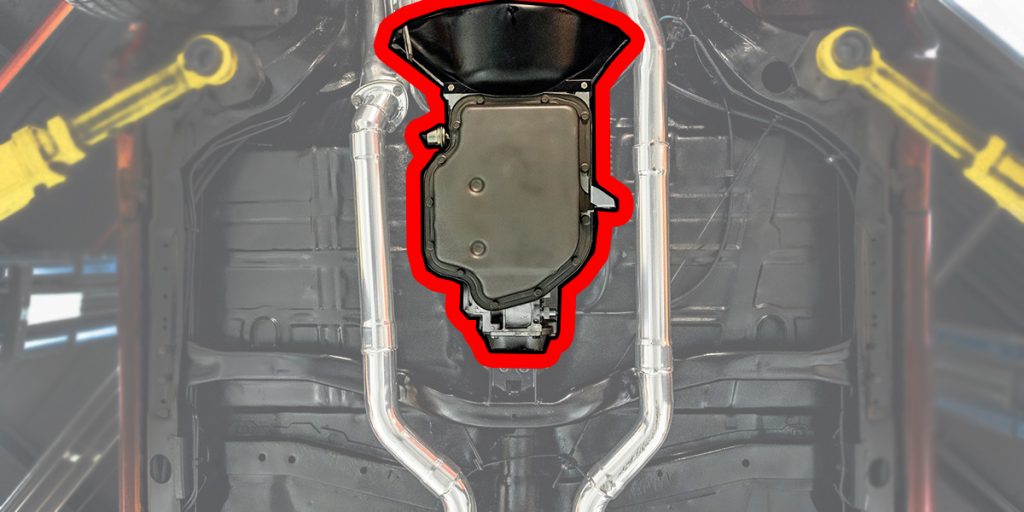
G-Body RPO Code Breakdown
What Are RPO Codes And Where Do You Find Them? From 1978 through 1988, General Motors built some of the most iconic mid-size cars on
If you’re staying true to old school with a Small-Block or Big-Block engine under the hood, setting and maintaining the correct ignition timing is crucial. Without the proper timing, your engine will run poorly, can overheat, and get bad mileage. Setting the timing is a simple process and something you should check every so often to make sure it’s still correct.
You’ll need a basic set of wrenches to loosen and tighten the hold-down clamp. The only special tool you’ll need is a timing light, which can be had for about $30 at Harbor Freight if you don’t already have one. Some option items are a vacuum gauge and possibly timing tape.
Prepare the Engine:
Locate Timing Marks:
Initial Timing Setting:
Connect Timing Light:
Connect Timing Light to No. 1 Spark Plug:
Start the Engine:
Aim the Timing Light:
Read the Timing Marks:
Adjust the Timing:
Tighten the Distributor Bolt:
Before you take off for a cruise, double-check the timing. Sometimes tightening down the distributor hold-down clamp can you can accidentally twist the distributor. After that reconnect the vacuum advance hose.
If you want, you can check and set the total timing. Rev the engine to around 3,000 RPM and check the timing. The total timing (initial + mechanical advance) should be within specifications.
After you’re done, go drive the car and see how it does. Sometimes you might need to advance or retard the timing of a degree or two in order to get it just right. If you have any other questions or need parts for your ignition system, hop on SS396.com or give our friendly techs a call at (203) 235-1200!


What Are RPO Codes And Where Do You Find Them? From 1978 through 1988, General Motors built some of the most iconic mid-size cars on

Discover the Ultimate 2025 Holiday Gift Guide & Deals – Find the perfect gifts for car enthusiasts, muscle car lovers, and classic car fans. Explore exclusive holiday discounts, top automotive parts, accessories, and must-have products for the season.

Which Classic GM Transmission Is Best For Your Ride? TH350? M22?When it comes to classic GM drivetrains, few debates spark more garage talk than which
